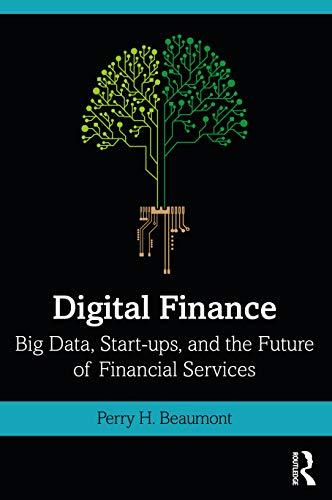Problem 1. An angel investor has the opportunity to invest in a new tech company. For an initial investment of 3,500,000 on 1 January, 2021, and a follow-up investment of 1,500,000 six months later, the investor expects that in October, 2021, she will begin to receive an annual income of 300,000 payable quarterly in arrears for the subsequent twenty six years. However, the investor also expects that the importance of the technology to be produced will lead to competition emerging and, therefore, estimates that the annual (and hence quarterly) income will decrease by 1.1% per annum compound beginning in January, 2025. The effective rate of interest currently available to the investor is 2.3% per annum. (a) Calculate the net present value of the investment While in discussions with the tech company, the investor is presented with the option that the annual income could instead be paid monthly (b) Calculate, on a separate spreadsheet, the net presett value of the investment if income is paid monthly (c) On a third spreadsheet, list the respective net present values and indicate with justification, which payment option the investor should choose. Can you also justify mathematically in a few words) why the net present values in each case are different? (Warning: Be careful with the dates of payments in each case and when switching cases!) Problem 2. A multi-national company takes out a 15-year loan for 3,600,000 at an effective rate of 2.7% per annum. No repayments are to be made for the first 14 months and, thereafter, repayments will be made two-monthly in arrears. While repayments are insufficient to cover the interest duc, the loan will be increased to cover the shortfall. (a) Construct the loan schedule. (b) How much of the loan will be outstanding after 10 years? (e) How much interest will be paid (1) in the three years up to and including year 107 (ii) in the three years immediately after year 10? Problem 1. An angel investor has the opportunity to invest in a new tech company. For an initial investment of 3,500,000 on 1 January, 2021, and a follow-up investment of 1,500,000 six months later, the investor expects that in October, 2021, she will begin to receive an annual income of 300,000 payable quarterly in arrears for the subsequent twenty six years. However, the investor also expects that the importance of the technology to be produced will lead to competition emerging and, therefore, estimates that the annual (and hence quarterly) income will decrease by 1.1% per annum compound beginning in January, 2025. The effective rate of interest currently available to the investor is 2.3% per annum. (a) Calculate the net present value of the investment While in discussions with the tech company, the investor is presented with the option that the annual income could instead be paid monthly (b) Calculate, on a separate spreadsheet, the net presett value of the investment if income is paid monthly (c) On a third spreadsheet, list the respective net present values and indicate with justification, which payment option the investor should choose. Can you also justify mathematically in a few words) why the net present values in each case are different? (Warning: Be careful with the dates of payments in each case and when switching cases!) Problem 2. A multi-national company takes out a 15-year loan for 3,600,000 at an effective rate of 2.7% per annum. No repayments are to be made for the first 14 months and, thereafter, repayments will be made two-monthly in arrears. While repayments are insufficient to cover the interest duc, the loan will be increased to cover the shortfall. (a) Construct the loan schedule. (b) How much of the loan will be outstanding after 10 years? (e) How much interest will be paid (1) in the three years up to and including year 107 (ii) in the three years immediately after year 10







